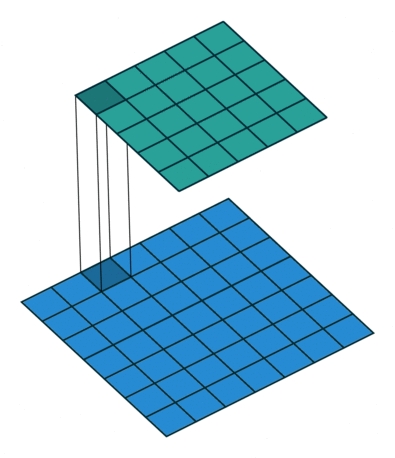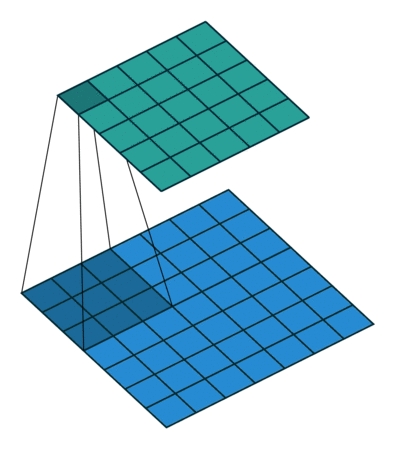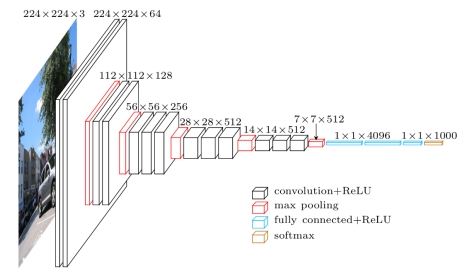SqueezeNet Architecture Design
SqueezeNet
What is SqueezeNet?
a deep convolutional neural network (CNN)
compressed architecture design
model contains relatively small amount of parameters
achieve AlexNet-level accuracy on ImageNet dataset with 50x fewer parameters
Three advantages of small CNN architectures:
require less communication across servers during distributed training.
require less bandwidth to export a new model from the cloud.
more feasible to deploy on customized hardware with limited memory.
References and Additional Information
Architectural Design Strategies
The authors outline 3 main strategies for reducing parameter size while maximizing accuracy
Strategy 1
Make the network smaller by replacing 3x3 filters with 1x1 filters
conventional 3x3 replaced by 1x1 convolution filters
1x1 filter has 9X fewer parameters than a 3x3 filter
Difference between 3x3 filters and 1x1 filters
3x3 filters
larger spacial receptive field
captures spatial information of pixels close to each other.
1x1 filters
looks at one pixel at the time
caputres relationships amongst its channels
equivalent to a fully connected layer along the channel dimension
Strategy 2
Reduce the number of inputs for the remaining 3x3 filters.
fewer inputs to conv layers result in fewer parameters
achieved by using only 1x1 filters prior to the 3x3 conv layer
called the squeeze layer (description in next section)
total number of parameters in 3x3 conv layer = (number of input channels) (number of filters) (3*3)
Strategy 3
Downsample late in the network so that convolution layers have large activation maps.
make the most of smaller number of parameters and maximize accuracy
delaying downsampling late in the network, creates larger activation/feature maps
departure from more traditional architectures like the VGG network that use early downsampling
large activation maps results in a higher classification accuracy given the same number of parameters
VGG Architecure with early downsampling
The two main ways to achieve downsampling:
strides > 1 in the convolutional layers
pooling layers (eg max/average pooling)
General Strategy
Strategies 1 and 2 are about carefully decreasing the quantity of parameters in a CNN while attempting to preserve accuracy.
Strategy 3 is about maximizing accuracy on a limited budget of parameters.
Fire Module
What is the Fire Module?
building block used in the SqueezeNet
employs Strategies 1, 2, and 3
comprised of squeeze layers which have only 1x1 filters (strategy 1)
comprised of expand layers which have a mix of 1x1 and 3x3 convolution filters
number of filters in squeeze layer must be less than the expand layer (strategy 2)
SqueezeNet Architecture
Layers breakdown
layer 1: regular convolution layer
layer 2-9: fire module (squeeze + expand layer)
layer 10: regular convolution layer
layer 11: softmax layer
Architecure specifications
gradually increase number of filters per fire module
max-pooling with stride of 2 after layer 1,4,8
average-pooling after layer 10
delayed downsampling with pooling layers
Next Lesson
Implementation of SqueezeNet
Implementation of Fire module
Implementation of full SqueezeNet model
Last updated




